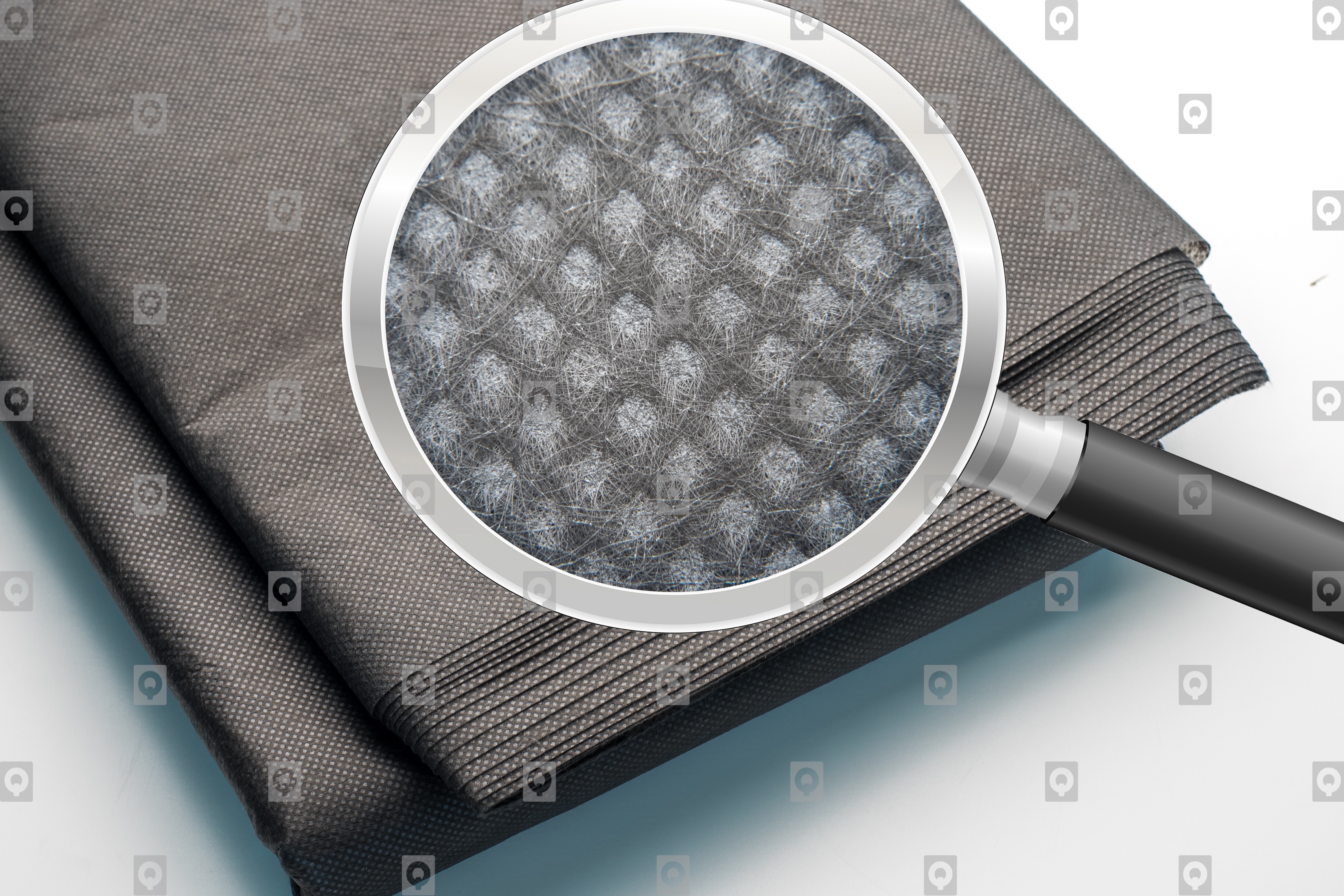Q-Tex BIO-Fabric
From plant to plastic
The raw material of BIO-Fabric is PLA (Poly Lactic Acid) which is derived from corn. This is why it is called a bio-plastic. PLA is made from dextrose, which is obtained through hydrolysis. The dextrose is fermented and changes into lactic acid. After several production steps the lactic is converted into a polymer which can then be used for the production of BIO-Fabric.

The topic of ‘Bio-based economy’ has never been as present as today In a Bio-based economy plants, algae and meat production waste are used to produce plastics, energy and fuel. Our
BIO-Fabric delivers clear contribution to this Bio-based economy.
Applications:
- Matrasses
- Carpeting
- Packaging
- Automotive
- Geo
- Gardening
For the application ‘Gardening’ we have developed BIO-Fabric weed control fabric.

BIO-Fabric weed control fabric is an environmentally friendly and effective choice when it comes to weed control in flower beds, rockeries, vegetable gardens, hedges and stone pavement.
Advantages of BIO-Fabric:
- Effective weed control, comparable with the current fabrics which are on the market
- Water permeability which is 10 times better compared to the currently available weed control fabrics
- PLA is made from a natural source, but is slowly biodegradable. For this reason BIO-Fabric is suitable for long term weed control function
- 75% less CO2 emission when producing PLA compared to the production of oil related raw materials
The decision to use BIO-Fabric is a decision in favour of the future of our generation and also of our children and grandchildren.